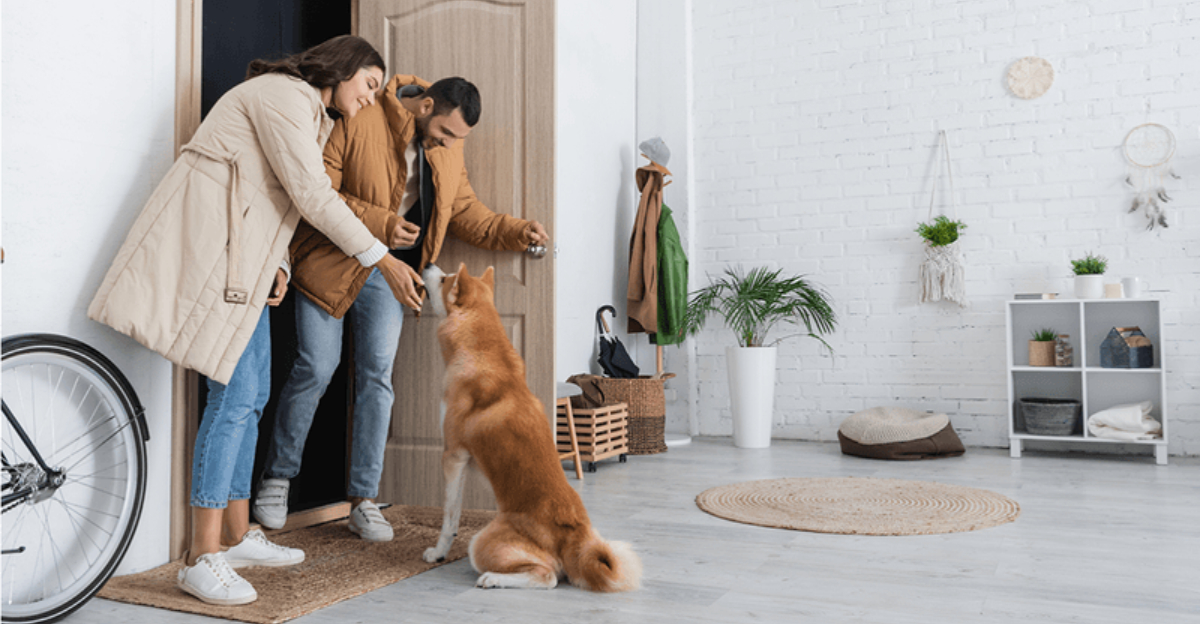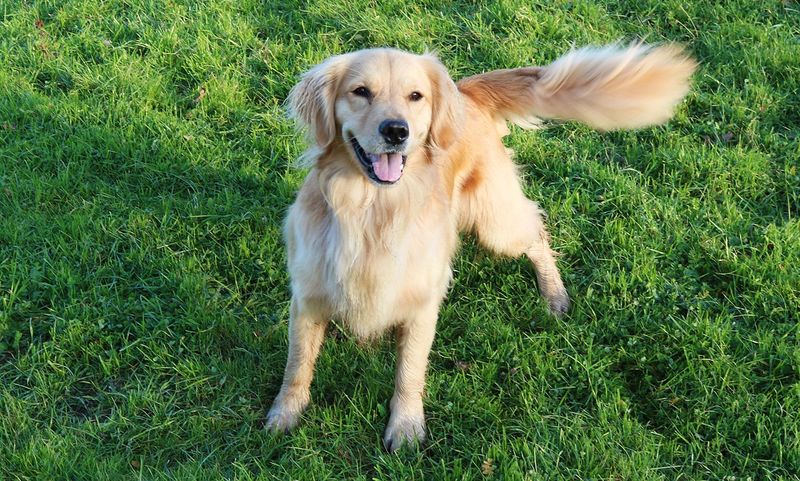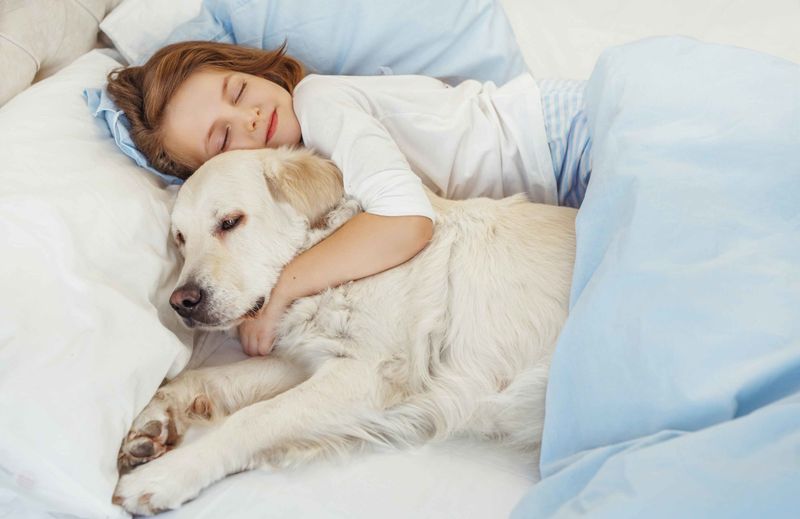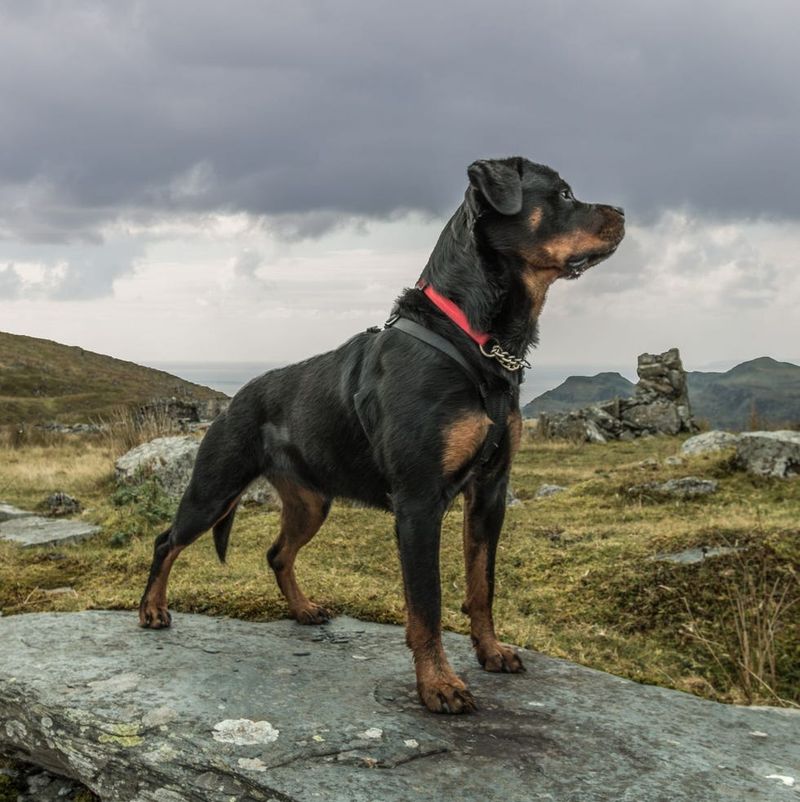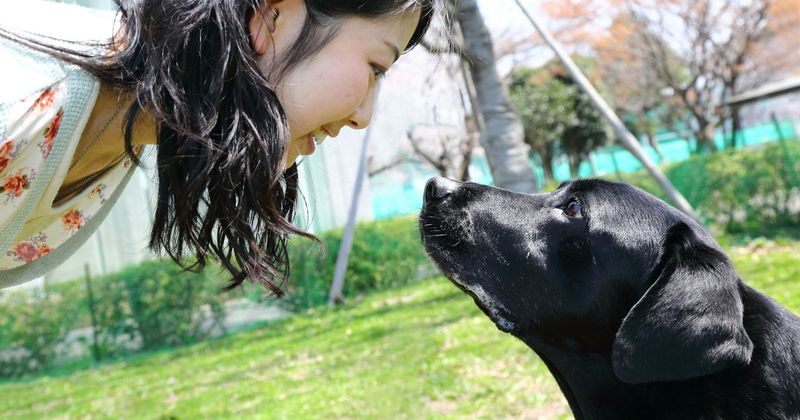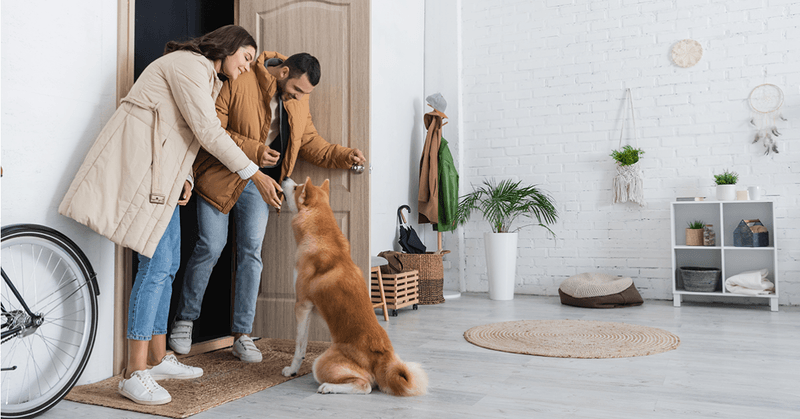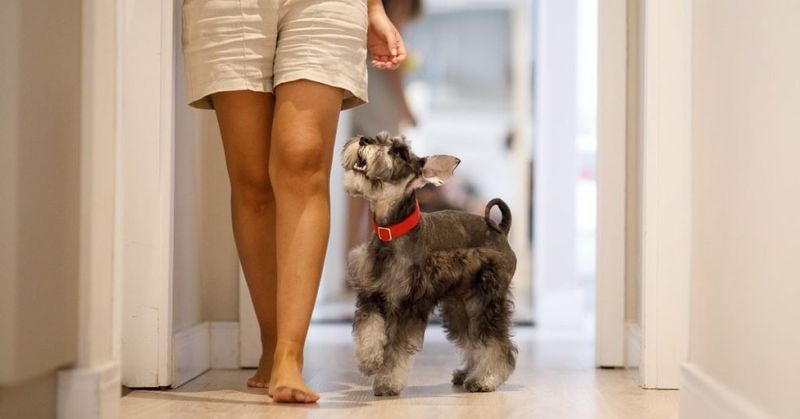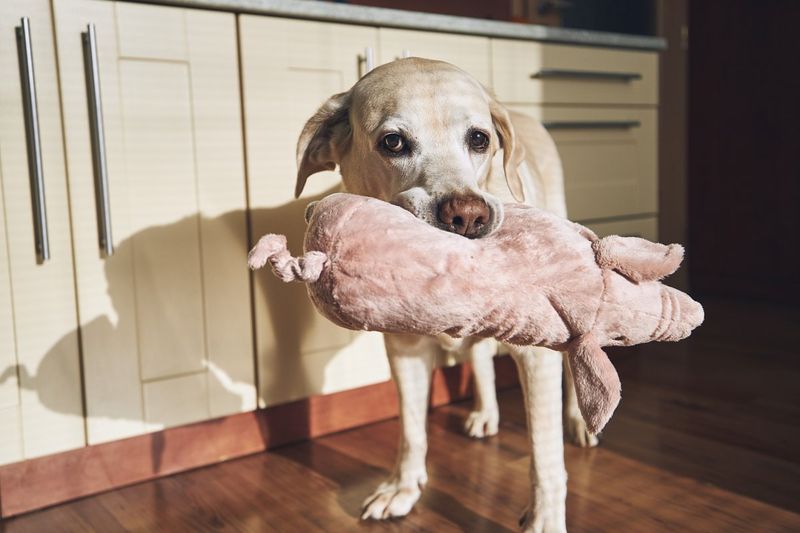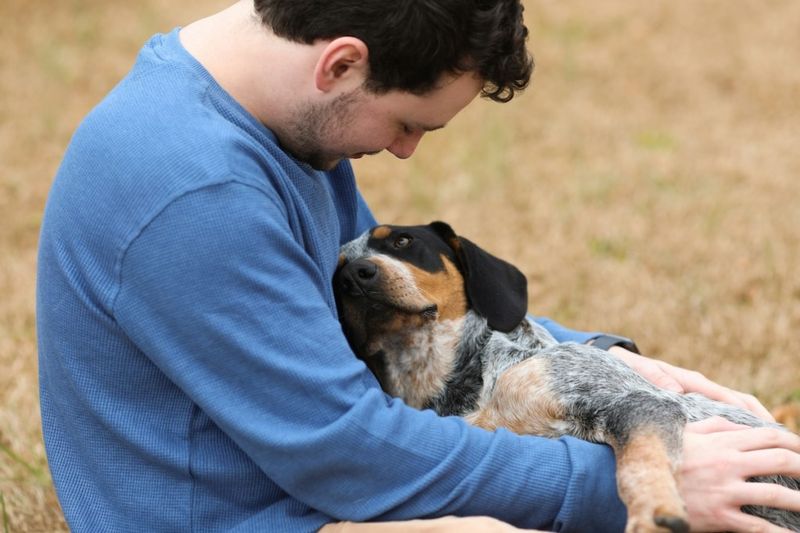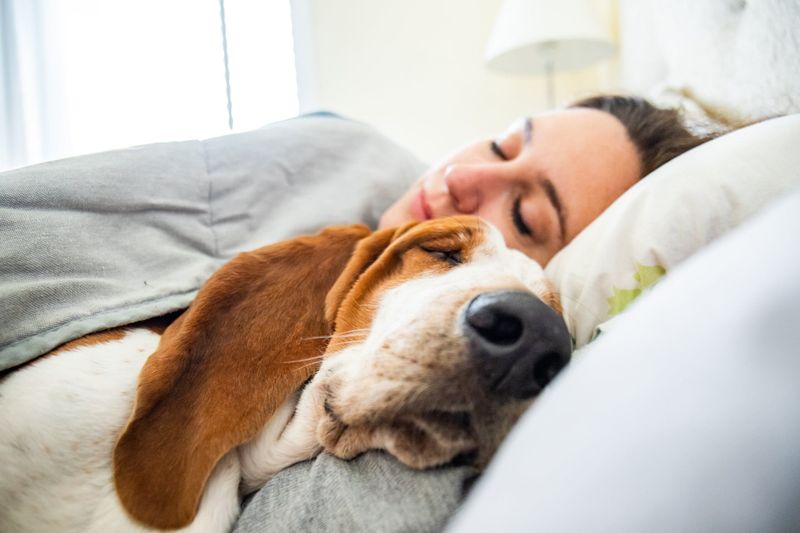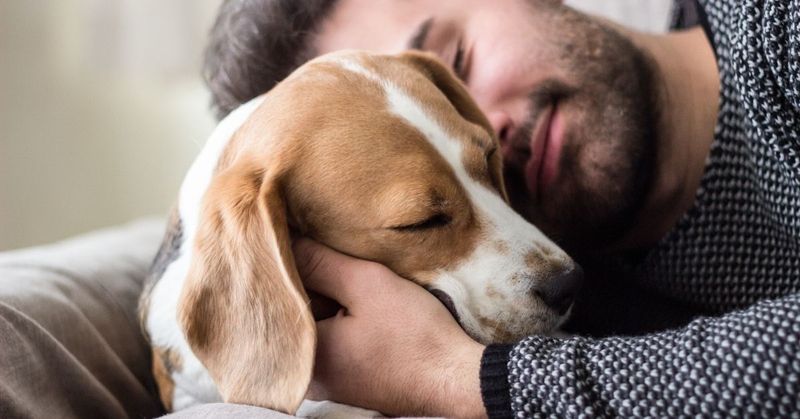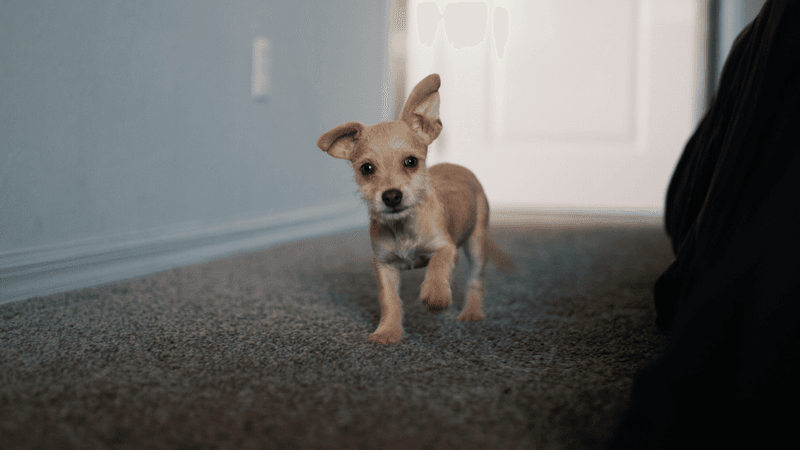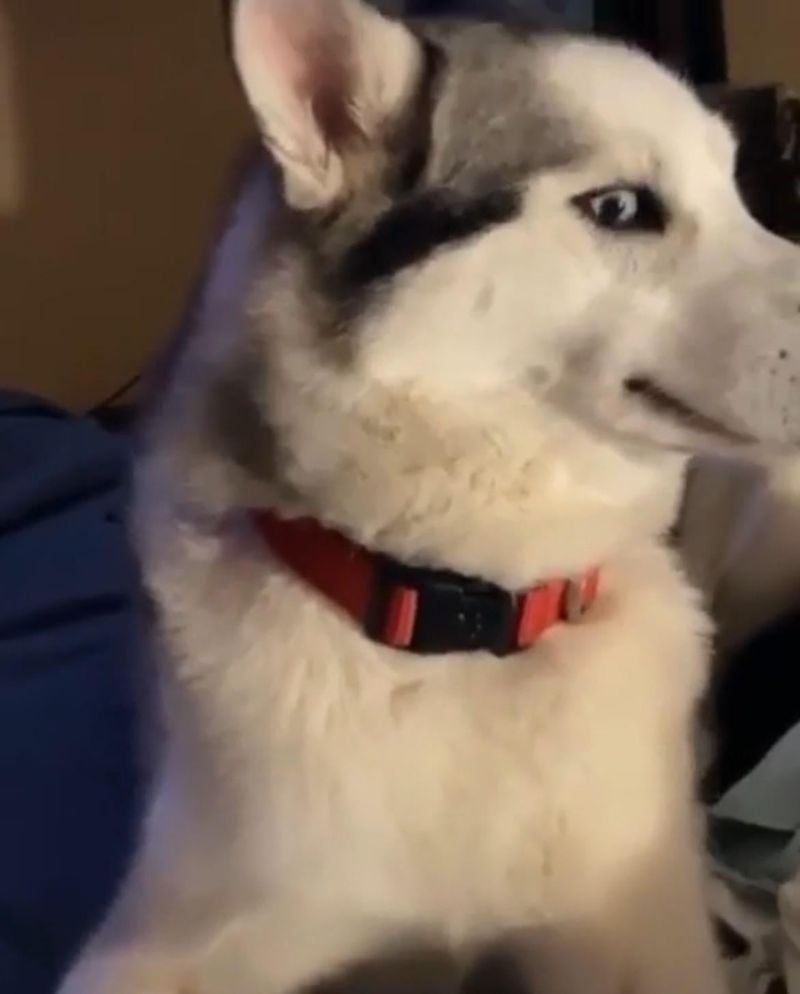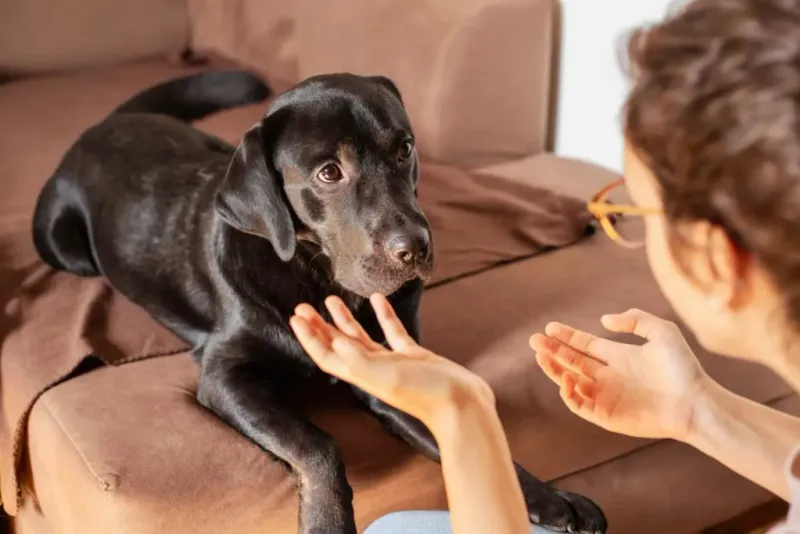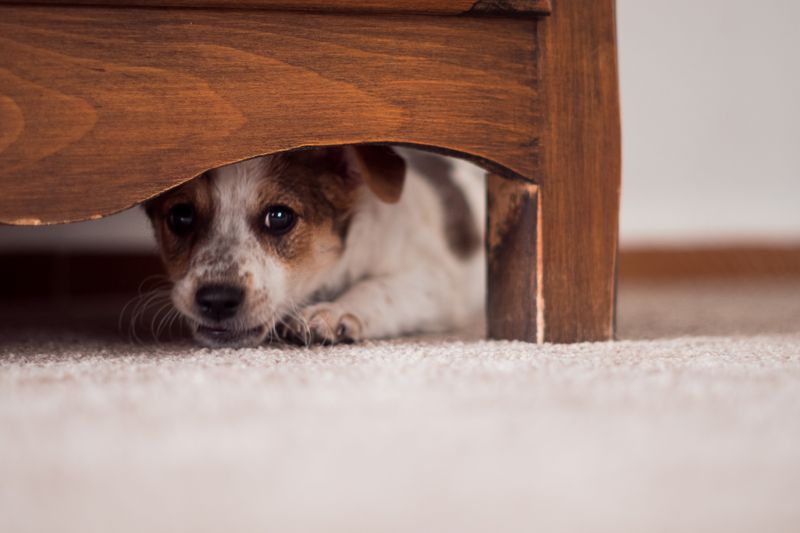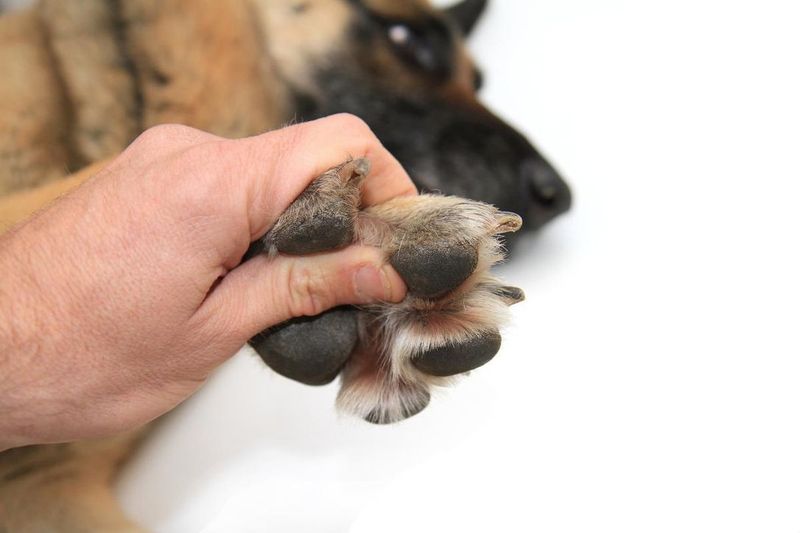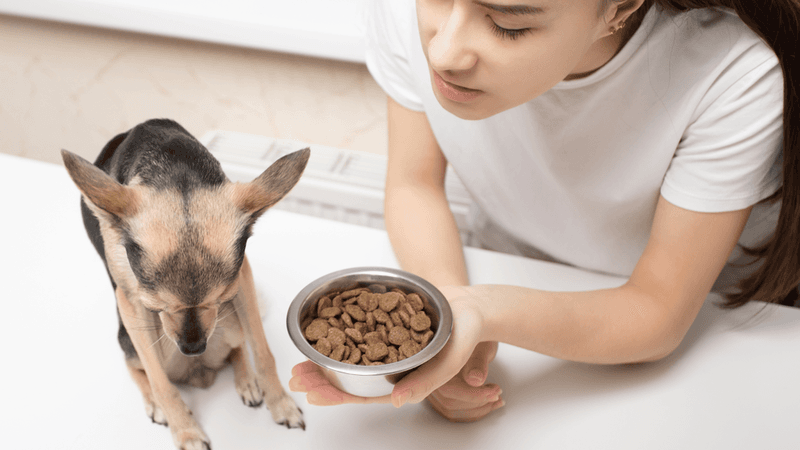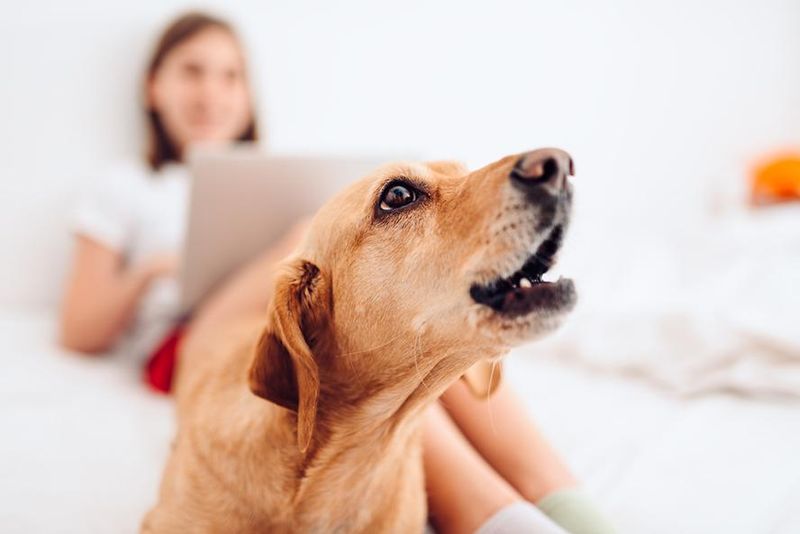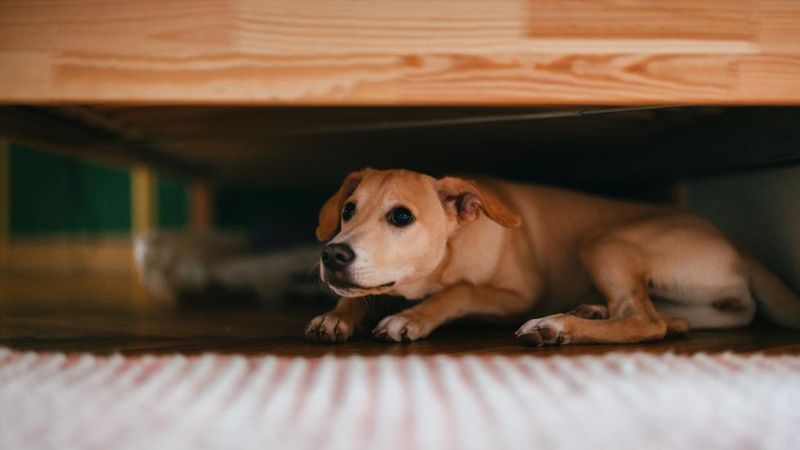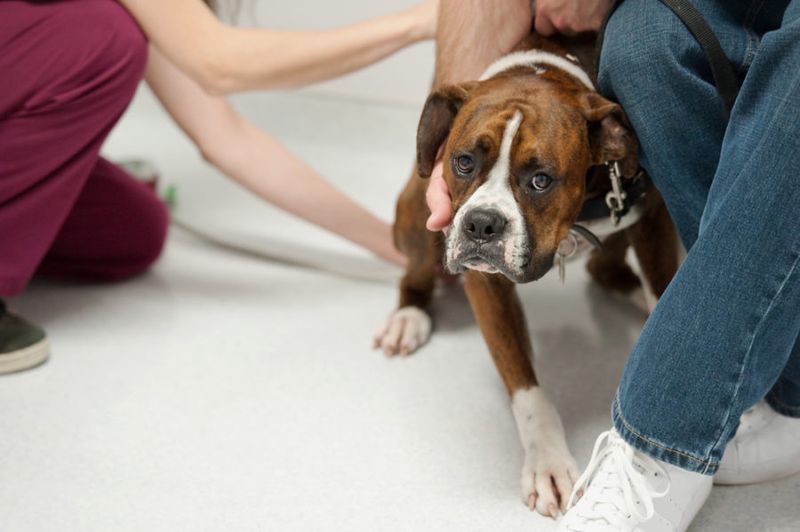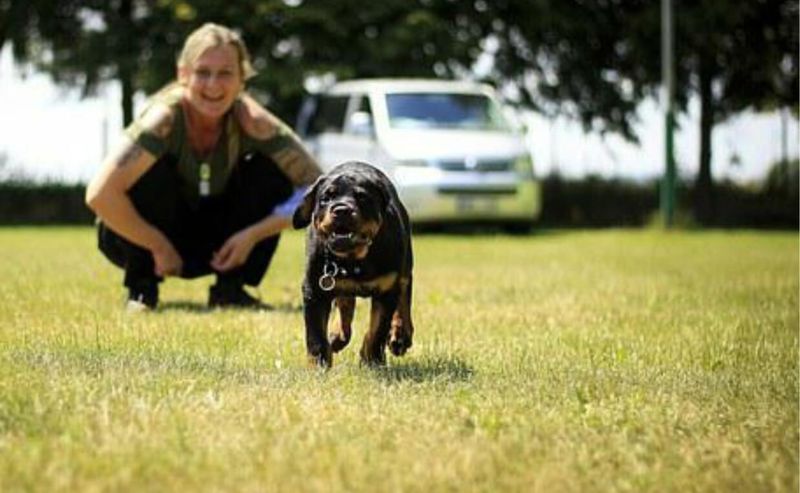Discover the subtle and not-so-subtle cues that reveal the depth of your dog’s affection. While some dogs express their love through constant companionship and loyalty, others might need a little more time to feel completely secure and connected. Our guide will take you through ten signs that your dog is devoted to you, and ten indicators that they are still finding their way. From tail wags to cautious glances, these insights will help you better understand your canine companion’s emotional world.
Tail Wagging Madness
If your dog’s tail acts like a hyperactive metronome every time they see you, it’s a sure sign they’re thrilled to be in your presence. This expressive tail dance is their way of saying, “I love you!” Whether it’s a full-body wag or just a happy swish, this motion is driven by pure joy and excitement.
Imagine coming home after a long day and being greeted by this ecstatic tail wagging. It’s their unique way of showing affection and loyalty, creating a bond that resonates with warmth. Dogs communicate so much through their tails, making it a primary indicator of love.
Cuddly Sleep Companion
When your dog chooses to snuggle close, especially during sleep, it’s a heartfelt sign of trust and deep bonding. By curling up next to you, they’re saying, “You make me feel safe.” This simple act reflects their comfort and confidence in your presence, allowing them to relax completely.
For dogs, sleeping is a vulnerable state, and choosing to do so beside you means they see you as their protector. This closeness fosters a connection that is intimate and reassuring, strengthening the emotional ties between you and your furry friend.
The Protective Stance
Ever notice your dog positioning themselves between you and a perceived threat? This protective behavior indicates a strong bond and their instinct to keep you safe. It’s not just about guarding; it’s a sign of their loyalty and unconditional love.
When your dog takes on this role, they are saying, “I’ve got your back!” It’s comforting to know they’re always on the lookout, ready to spring into action if needed. This protective nature is a testament to the deep connection you share, showcasing their devotion and bravery.
Constant Eye Contact
Those soulful eyes say so much more than words ever could. When your dog holds your gaze, it’s a genuine display of affection and trust. This silent communication builds a bridge between you, offering a glimpse into their loving heart.
Eye contact is a powerful tool for bonding, as it releases oxytocin—the love hormone—in both you and your dog. It’s their way of connecting on a deeper level, expressing trust and comfort in your presence. These moments of shared gaze are precious, strengthening your emotional bond.
Joyful Greetings
Nothing says “I missed you” quite like an enthusiastic greeting as soon as you walk through the door. Your dog’s excitement to see you is a clear indication of their deep affection. Whether they’re jumping, spinning, or covering you in wet kisses, it’s their special way of showing love.
This enthusiastic welcome is more than just excitement; it’s a testament to the bond you share. Dogs express their emotions freely, and such greetings are their way of reinforcing the connection and joy they feel in your company.
Following You Everywhere
Does your dog follow you around the house? This shadow-like behavior is a clear sign of their attachment and desire to be close. By sticking by your side, they’re saying, “I just want to be with you.” This constant companionship indicates that they see you as the leader of their pack.
This behavior is not just about being curious; it’s about wanting to be near you and part of whatever you’re doing. It’s a simple yet profound way to demonstrate love and trust, forging a strong connection through presence.
Bringing You Toys
When your dog brings you their favorite toy, it’s not just playtime—it’s a gesture of affection. This action signifies trust and a desire to share joy with you. Offering their prized possession is their way of saying, “You’re special to me.”
In dog language, this is akin to sharing a treasure, and it’s a heartfelt act of bonding. By involving you in their playtime, they’re including you in their world, reinforcing the connection and enjoyment they find in your company.
Leaning Against You
A gentle lean is your dog’s way of saying, “I trust you.” When they press their body against yours, they’re seeking comfort and reassurance. This physical closeness is a sign of their affection and reliance on you, strengthening the bond between you.
It’s akin to a hug, offering warmth and connection. This behavior shows that they feel secure and happy in your presence. It’s an expression of love that doesn’t need words, just a simple, trusting gesture that speaks volumes about your relationship.
Sharing Their Space
Allowing you into their personal space, like their bed, is a significant sign of trust and bonding. By inviting you in, they’re opening up their world to you, saying, “You’re welcome here.” It’s a gesture that showcases their comfort and acceptance of you.
This act of sharing is more than just physical space; it’s about emotional openness. It’s an invitation to be close, reflecting their love and confidence in your relationship. Such moments of shared space are heartwarming, reinforcing your bond.
Calm and Relaxed Behavior
When your dog is calm and relaxed around you, it’s a sign of trust and deep-seated affection. Their ability to unwind in your presence indicates that they feel safe and secure. This tranquility is their way of saying, “I’m comfortable with you.”
This relaxed demeanor showcases the strength of your bond, as they feel free to be themselves without fear. It’s a silent affirmation of the love and trust they have for you, creating a peaceful atmosphere that strengthens your relationship.
Hesitant to Approach
A dog that is hesitant or slow to approach you might still be building trust. This cautious behavior indicates they’re unsure about their surroundings or your intentions. It’s a sign that they need more time to feel completely comfortable and secure.
Patience is key in these situations. Approaching slowly and offering gentle encouragement can help ease their apprehension. Over time, as they become more familiar with you and their environment, this hesitation will likely decrease. It’s all about building that trust inch by inch.
Avoids Eye Contact
Avoiding eye contact is a sign that your dog might still be unsure about their bond with you. This behavior can indicate discomfort or nervousness, signaling that they need more time to build trust. Eye contact is a powerful connection tool, and avoiding it suggests a lack of confidence.
To build trust, engage with them calmly and gently, offering positive reinforcement when they do meet your gaze. Over time, this can encourage them to feel more secure and connected, gradually fostering a deeper bond with encouragement and patience.
Reluctant to Play
If your dog isn’t eager to play, it might indicate they’re not fully comfortable yet. Playfulness is often a sign of security and happiness, so reluctance to join in could mean they’re still warming up to their environment or you.
Encouragement is vital here. Try engaging them with different toys or gentle games to find what piques their interest. As they start to feel more at ease, their playful side will emerge, indicating growing familiarity and trust. The key is to be patient and attentive.
Hiding or Seeking Isolation
A dog that frequently hides or seeks isolation may still be adjusting to their surroundings. This behavior can signal stress or uncertainty, suggesting they need more time to acclimate and feel safe. It’s important to give them space while gently encouraging interaction.
Create a secure environment where they can explore at their own pace. Gradual exposure to new experiences and consistent positive reinforcement will help them grow more confident. Over time, they’ll likely become more open and engaged, reflecting a developing trust and bond.
Sensitive to Touch
Dogs that flinch or shy away from touch might still be uncertain about their surroundings or relationship with you. This sensitivity can indicate past experiences or a need for time to adjust, showing that they’re not fully comfortable yet.
Approach them with gentle, slow movements, and let them set the pace for physical contact. With patience and positive experiences, they will likely become more receptive to touch, signaling growing trust and connection. It’s about creating a space where they feel safe and respected.
Refuses Treats
If your dog refuses treats, it could be a sign of discomfort or stress. Treats are often used as a bonding tool, so reluctance to accept them indicates they’re not completely at ease. This behavior suggests they need more time to adjust and feel secure.
Building trust involves offering treats in a calm, non-threatening manner. Over time, as they begin to associate treats with positive experiences and security, they’ll likely become more open to accepting them, signaling a growing comfort and connection.
Barking or Growling
Barking or growling at you is often a sign that your dog is still unsure of their trust in you. This vocalization can indicate fear or anxiety, suggesting that they need more time to feel secure in their environment and relationship.
Addressing this requires patience and understanding. By identifying the triggers and calmly reassuring them, you can help ease their fears. Over time, consistent positive interactions will likely reduce this behavior, fostering a sense of security and trust as the bond strengthens.
Reluctant to Be Picked Up
Some dogs may resist being picked up, indicating a need for more time to build trust. This reluctance can be due to past experiences or simply a lack of familiarity with being handled in this way.
To help them feel more comfortable, start by allowing them to approach you and become accustomed to gentle handling. Gradually, as they associate being picked up with positive experiences, they’ll likely become more accepting, indicating growing trust. It’s about fostering a safe and reassuring environment.
Nervous Around Strangers
A dog that is nervous around strangers might still be developing their confidence. This behavior shows they’re unsure of new situations and people, indicating they need more time to feel secure in their environment.
Supporting them through slow introductions and offering reassurance can help build their confidence. With time, they’ll likely become more comfortable and open around strangers, reflecting a growing sense of security and trust in their surroundings and bond with you.
Slow To Respond To Commands
If your dog is slow to respond to commands, it could be a sign they’re still learning to trust and understand you. This hesitation might suggest they’re not yet fully comfortable or confident in their training environment.
Patience and positive reinforcement can help build their responsiveness. By creating a supportive and encouraging atmosphere, they’ll gradually become more attentive and willing to engage, indicating a strengthening bond and trust. It’s about guiding them with understanding and patience.
